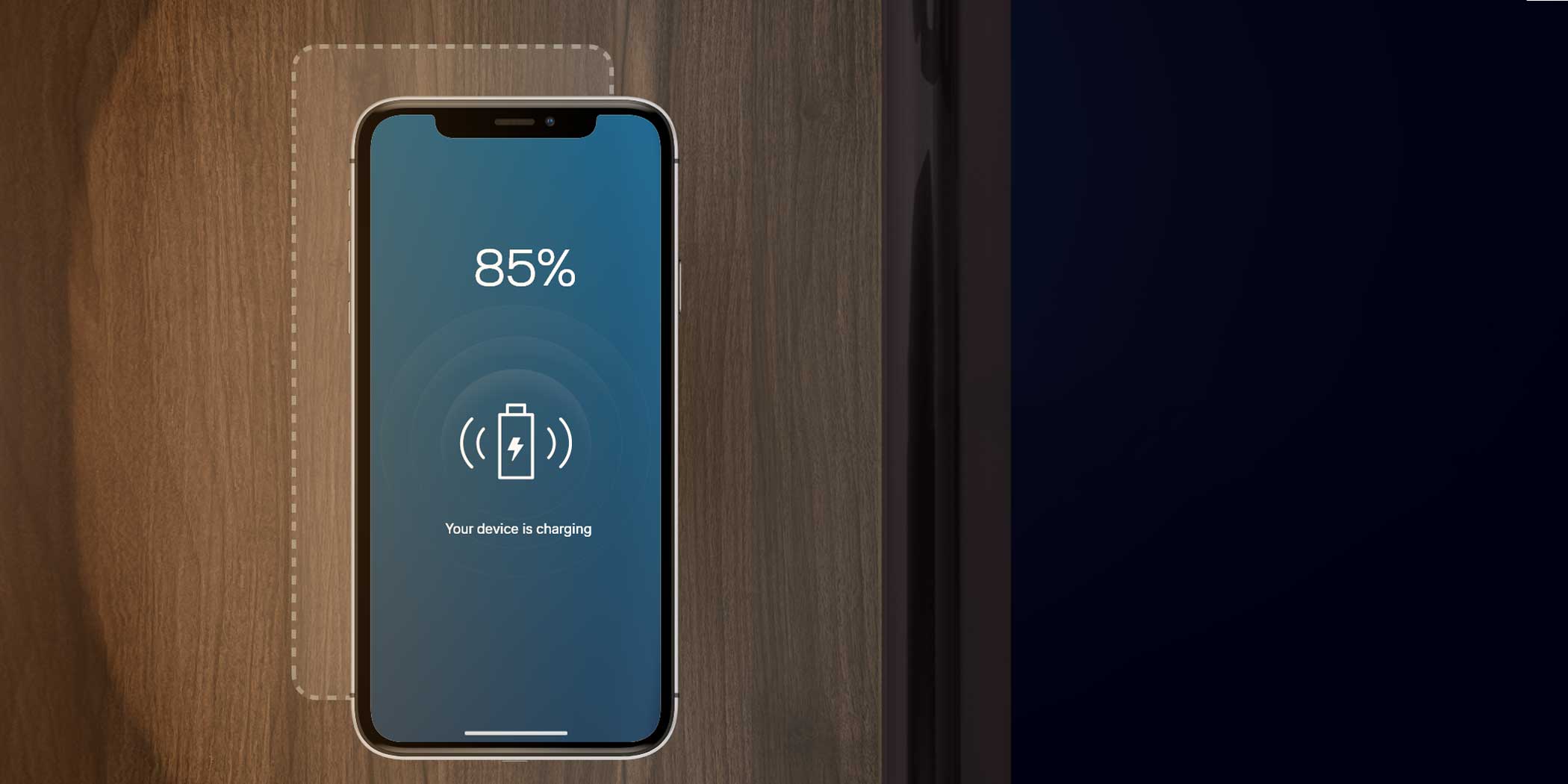Click Here to View This Page on Production Frontend
Click Here to Export Node Content
Click Here to View Printer-Friendly Version (Raw Backend)
Note: front-end display has links to styled print versions.
Content Node ID: 408680
Lufthansa Technik (Booth 2881) is making strong progress on its “journey toward the future,” mapped along a route of incremental innovation, and it’s inviting NBAA-BACE attendees this week to see and experience some of the advances for themselves. The evolution of LHT’s cabin-management system (CMS), Nice (for network integrated cabin equipment), and sustainability initiatives are in the spotlight, said Wassef Ayadi, LHT’s senior director of customer relations, OEM, and special engineering services.
Many of these technologies have been successfully installed in VIP aircraft cabins, he noted, “but we would like to show that all this innovation may also fit into a smaller aircraft.” A mockup of a cabin section at the LHT booth serves as the demo platform for some of these technologies, anchored by the latest version of the company’s Nice CMS. It’s standard equipment on Bombardier’s Challenger 3500, which entered service last month and is making its NBAA-BACE debut this week at the static display (AD_310).
The upgraded Nice CMS features advanced artificial intelligence-driven voice command for controlling cabin equipment, reflecting LHT’s goal of bringing home- and office-like experiences to the sky. But unlike other voice-recognition systems, Nice voice command requires no internet connectivity—all the software is self-contained in the CMS. LHT is continuing to develop the library of commands the multilingual system can handle.
But the biggest change to the system is occurring on a larger scale now, with its evolution to the NiceOS “customer-centric and cloud-based open software platform.” According to Ayadi, “It’s an open-platform concept. The scenario we are heading toward is purely a software change, like what is happening in the iPhone world.”
While next-gen CMS hardware will be introduced as major technological advances warrant, all interim upgrades will be software-based and apply to current and recent generations of Nice. For end-users, the evolved Nice will support customization and remote system configuration via the internet, allowing OEMs and operators to create their own branded versions of the CMS and change configurations in-flight or for select flights. This will provide “individualized experiences within the cabin environment,” he said.
As in his iPhone analogy, “Clearly the older systems wouldn’t be quite as robust if the device doesn’t support a feature,” said Ayadi. “But this will ensure you have the latest operating system and a reasonable set of functions.”
Within the mockup, a small virtual cabin environment allows visitors to don virtual reality devices and try activating cabin systems.
Technology integration in the cabin includes a curved OLED screen set in a wall-mounted structure composed of lightweight recyclable materials, created in collaboration with Austrian interiors specialist F/List.
Aeroflax, another collaborative creation on display at LHT’s booth, is a flax-based replacement for glass-fiber or carbon-fiber parts such as sidewalls and ceiling panels. LHT developed the renewable, lightweight material—comprised of flax fibers and biological resin—with German MRO Bcomp. Flax is easy to grow, and the fabric has a low density and good mechanical properties, LHT noted, while providing a 20 percent weight savings over glass- or carbon-fiber. It also meets flammability standards thanks to a proprietary mix of flame-retardant additives.
Meanwhile, the skin on the model of the “shark” on display is actually LHT’s in-development AeroShark drag-reduction coating. Applied as a bionic film, AeroShark mimics the hydrodynamic drag-reducing properties of shark skin. By optimizing airflow, the coating has the potential to cut fuel consumption by up to 1 percent, according to LHT, reducing both costs and carbon footprint.
LHT is also considering the interior of tomorrow’s eVTOLs and air taxis, and the technologies on display this week at NBAA-BACE are already giving the company a head start on defining the look, feel, and functionality, said Ayadi. “You can use all these blended, curved screens around that environment.”